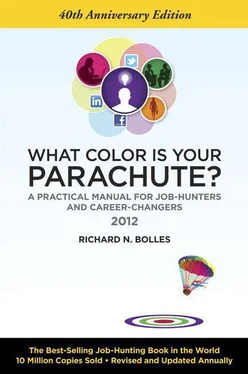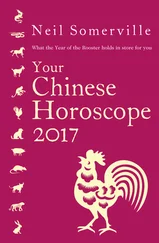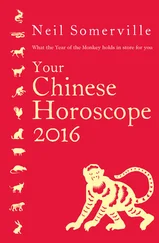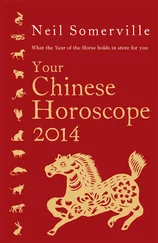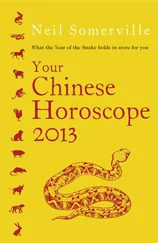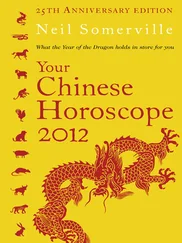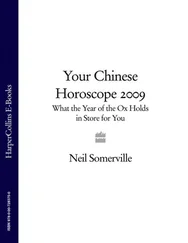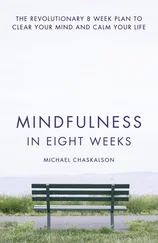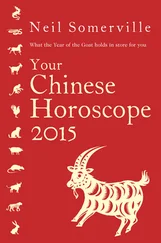b. If you do this self-inventory, you can then more accurately describe to your family, friends, and networks just exactly what you’re looking for, in detail. Not just “Uh, I’m out of work; let me know if you hear of anything,” but exactly what kind of “thing,” and in what work setting.
c. Lastly, when you are facing, let us say, nineteen other competitors for a job you want—who superficially look equal to you in skills and experience—if you did this self-inventory, then you can accurately describe to employers exactly what is unique about you, and what you bring to the table that the others don’t. These will usually turn out to involve adjectives or adverbs, what we normally call traits .
There is one problem with this method, which we should note: It involves work . “Thinking” kind of work. Most job-hunters therefore avoid it. Takes too much time. Demands too much thinking. It certainly is not for the lazy, nor for those looking for the easy way out of their unemployment situation. (Reality check, however: it actually can be done in a full weekend, or on six successive Monday nights, or whatever.)
Well, there’s your list. The best and the worst. Now you know which methods are most effective—on two counts: that conserve your energy, and that are most likely to produce results in your job search. But keep in mind, when all is said and done:
1. Job-hunting is an activity that repeats itself over and over again, in most people’s lives . Lucky you, if that is not the case; but the odds are overwhelming that it will be. According to experts, the average worker, under thirty-five years of age, will go job-hunting every one to three years. And the average worker over thirty-five will go job-hunting every five to eight years! And, in this process, so the experts say, we will each of us probably change careers three to five times, or more, over our lifetime.
2. Job-hunting is not a science; it is an art . Some job-hunters know instinctively how to do it; in some cases, they were born knowing how to do it. Others sometimes have a harder time with it, but fortunately for us in the U.S. and elsewhere in the world, there is help, coaching, counseling, and advice—online and off.
3. Job-hunting is always mysterious . Sometimes mind-bogglingly mysterious . You may never understand why things sometimes do work, and sometimes do not.
4. There is no always wrong way to hunt for a job or to change careers . Anything may work under certain circumstances, or at certain times, or with certain employers. There are only degrees of likelihood of certain job-hunting techniques working or not working. But it is crucial to know that likelihood, as we have just seen.
5. There is no always right way to hunt for a job or to change careers . Anything may fail to work under certain circumstances, or at certain times, or with certain employers. There are only degrees of likelihood of certain job-hunting techniques working or not working. But it is crucial to know that likelihood, as we just saw.
6. Job-hunting always depends on some amount of luck . Luck, pure luck. Having advanced job-hunting skills doesn’t mean absolutely, positively, you will always be able to find a job. It does mean that you can get good at reducing the amount that depends on luck, to as small a proportion as possible.
Job-hunting skills are defined as advanced when they take seriously the world of the employer, and try to enter into the mind of the employer. And understand why they do what they do.
As shown in the diagram at the beginning of this chapter, employers came to their preferences out of hard experience, measured by their desire, same as you, to conserve their energy. Their basic concern was and is, “How many applications will I have to run through, before finding someone to hire?” (The number of interviews they need to do to find a hire, once they’ve sifted through the applications, stays constant, around 5.4.) Okay, so with that background, this is their experience: [15]
If employers post their vacancy on a job-board such as CareerBuilder.com or Monster.com, they have to look through 219applications from job-hunters who respond, before they find someone to hire.
If employers consider applications from job-hunters who come through social media sites, such as LinkedIn or Facebook, they have to look through 116applications, before they find someone to hire.
If employers post their vacancy on their own website, they have to look through 33applications from job-hunters who respond, before they find someone to hire.
If the job-hunter takes the initiative to find a very specific job, rather than waiting to find a vacancy, and does this, say, by typing the name of that job into a search engine, then sending resumes to companies they turn up that way whether or not they are known to have a vacancy, employers only have to look through 32applications, before they find someone to hire.
And if the job-hunter takes even more initiative, chooses a company where they’d like to work, and gets a referral (i.e., gets some employee within that company to recommend them), employers have to look through only 10such applications, before they find someone to hire.
Now you understand.
Discussion
Job-hunter: Since the information in this chapter is so crucial for our survival in today’s world, why do you think this stuff isn’t taught in high schools and colleges?
Career-counselor: Well, it certainly should be! The reasons why it’s not, make up a very long list. You can choose between: because the teachers don’t know these facts, because the teachers haven’t had to job-hunt recently themselves, because they think the function of a school is to teach ideas, not practical manuals like how to fix a car, or how to run their job-hunt successfully, or how to find an appropriate friend or (eventually) a mate, and so on.
Job-hunter: I think inertia enters in, too. “This is the way we’ve always done it, and we don’t see any reason to change.”
Career-counselor: Yes, and don’t forget budgets. Education is the victim of a lot of belt-tightening these days, and of course the first staff to be let go are the ones who are experts on how to relate education to the world of work. That’s often regarded as “nice but not necessary” information.
Job-hunter: What’s the remedy for this missing part of our education?
Career-counselor: Learn it on your own; and then go teach at least one other person.

He or she who gets hired is not necessarily the one who can do that job best; but, the one who knows the most about how to get hired.
RICHARD LATHROP in his classic
Who’s Hiring Who?
Chapter 6. Do I Really Need a Resume?
In “the old days” before the Internet became popular with job-hunters, the only way an employer could learn much about you was from a piece of paper that you yourself wrote—with maybe a little help from your friends—called your resume, or C.V., which is an academic term meaning “curriculum vitae.” On that paper was a summary of where you had been and all you had done. From that piece of paper, the employer was supposed to guess what kind of person you are and what kind of employee you’d be.
The good thing about all this, from your point of view, was that you had control over what went on that piece of paper; you could omit anything that was embarrassing, or anything from your past that you have long since regretted. Short of their hiring a private detective, or talking to your previous employers, employers couldn’t find out much else. You had absolute control over how much they could know about you. That was nice. But now those days are gone forever.
Читать дальше
